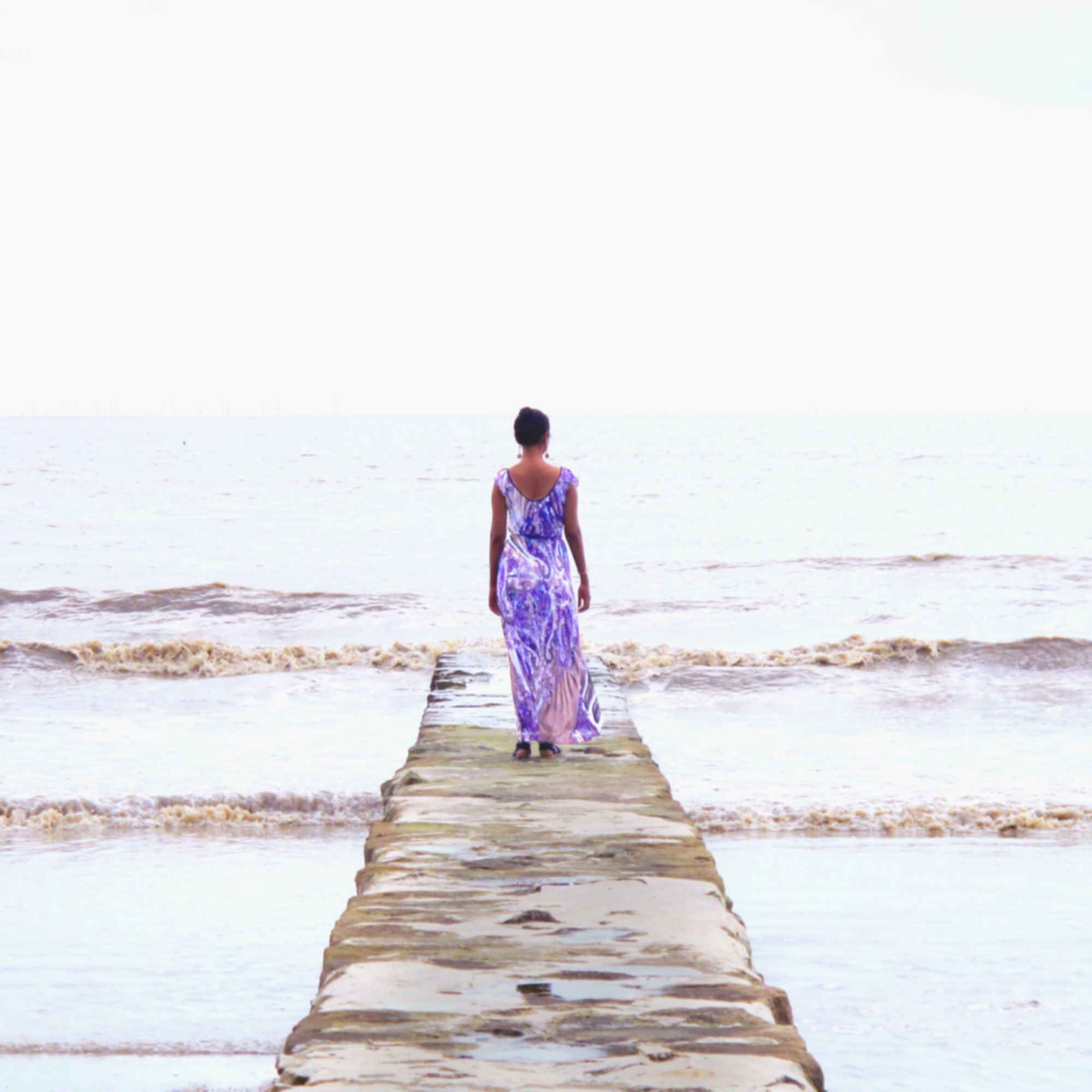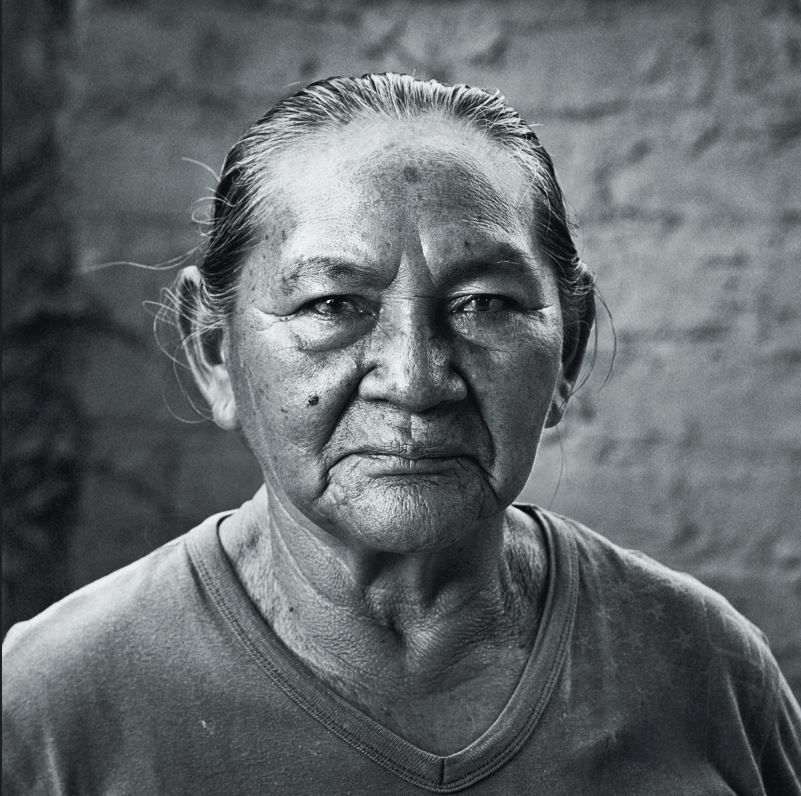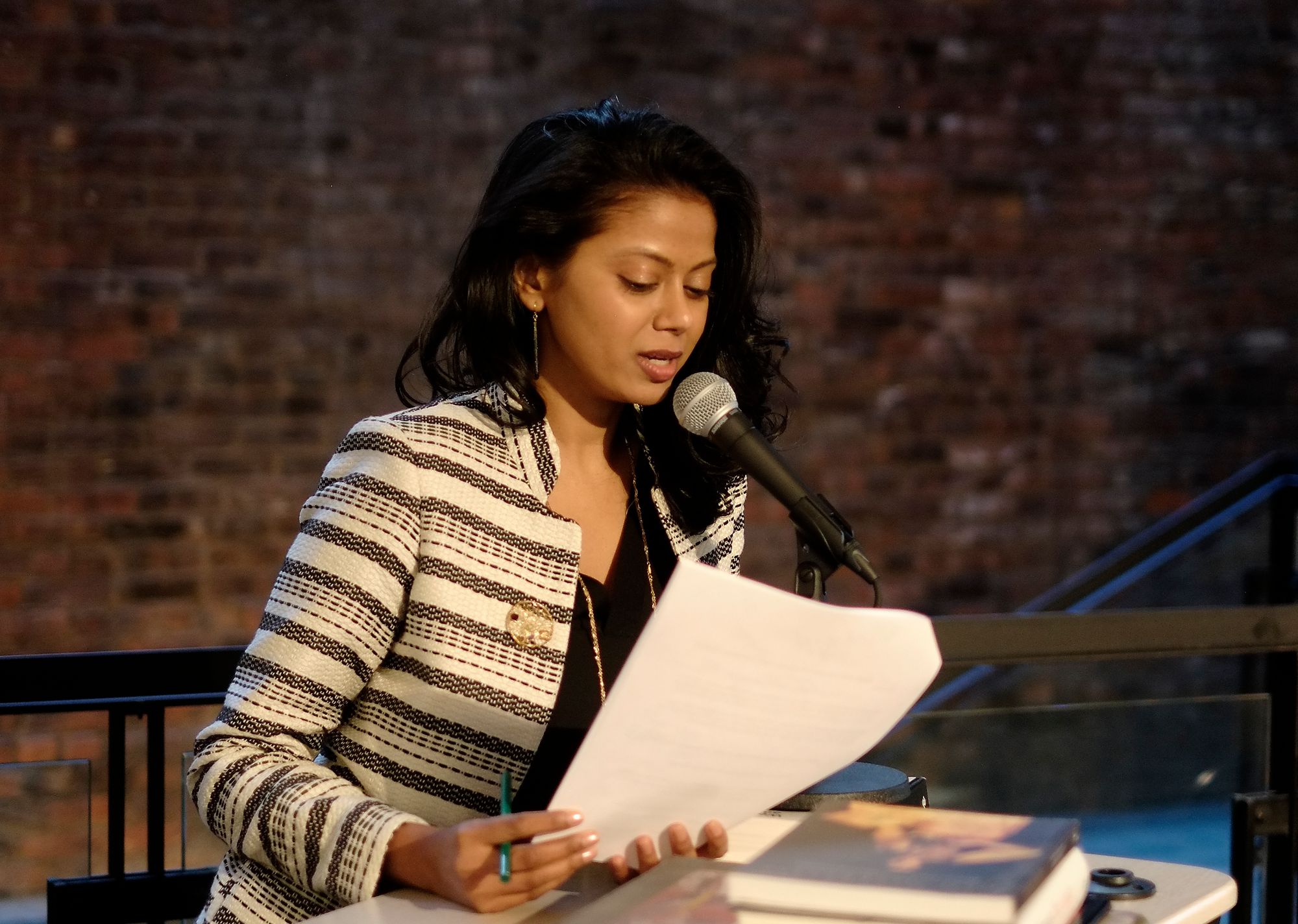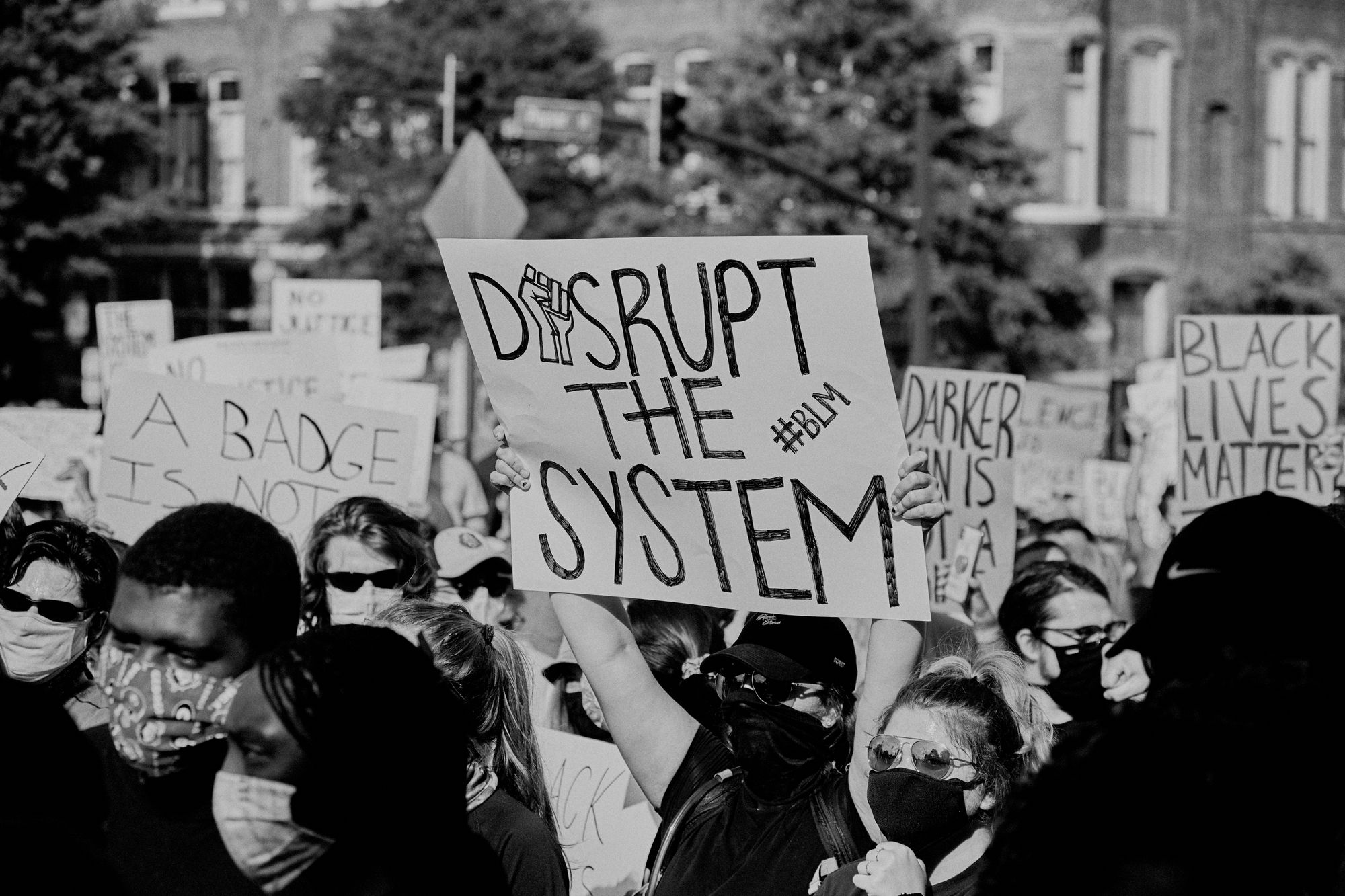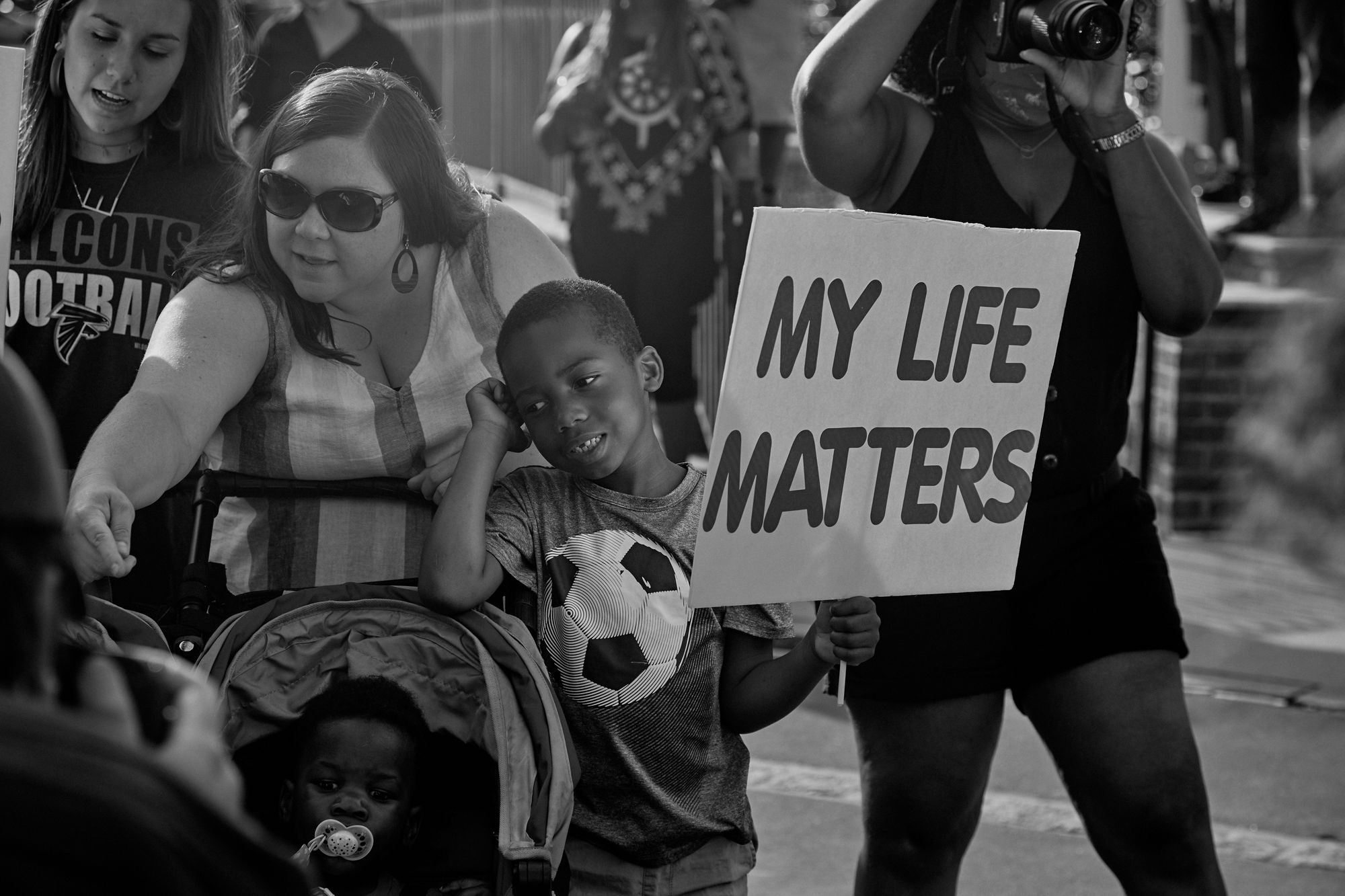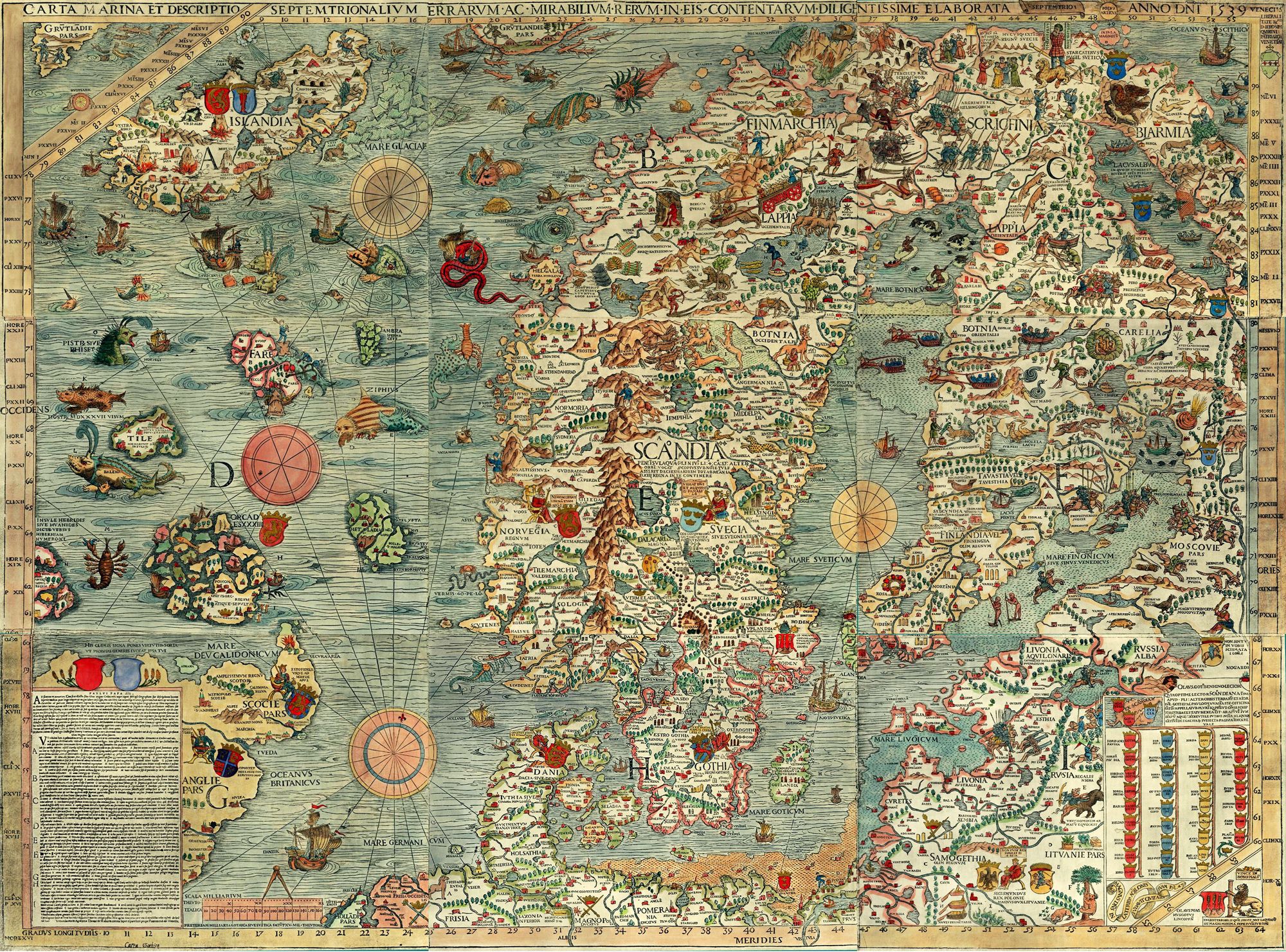
The Lexicon of Medieval Nordic Law – a project created within the department of Swedish Language and Multilingualism at Stockholm University, and which is part of the wider ‘Medieval Nordic Laws (MNL)’ project based at the University of Aberdeen – is an ambitious, vibrant and indispensable resource for scholars and students of medieval Scandinavia. The dictionary correlates and juxtaposes legal terminologies that span the various languages and geographies of medieval Scandinavia (drawing on material composed in Old Swedish, Old Icelandic, Old Norwegian, Old Danish, Old Gutnish and Old Faroese), thereby offering its reader a fascinating, comprehensive window into the legal milieu of medieval Scandinavia as a unified whole.
Here, we encounter such vivid and idiosyncratic lexical constructions as the ‘slímusetr’ (Old Norse) (literally, a ‘slime-sitter’) – a term found in Old Icelandic and Old Norwegian texts, applied to somebody who overstayed their welcome as a guest in another’s house. This abuse of hospitality could be dealt with through forcible ejection of the slime-sitter, and the ejector would be immune to any legal penalties for the assault. Elsewhere in Iceland, you might be liable to pay a ‘snápsgjald’ (Old Norse) (literally, a ‘snob-fine’) if you were convicted of being a ‘snápr’ – someone who has falsely boasted of having slept with a woman. The negative term ‘snápr’ has no direct English translation, although it is cognate with our term ‘snob’. The term appears to be a distinctly Icelandic concept (with no attestations in texts from the other Scandinavian areas), and features not only in legal texts but also in poetic contexts: it appears in the anonymous collection of Norse-Icelandic mythological and heroic poetry known as the Poetic Edda, where it is listed as a poetic synonym for an ‘unwise man’.
The lexicon also affords us somewhat darker glimpses into the quotidian realities of crime in medieval Scandinavia, as well as the laws which sought to regulate such crime. For example, in medieval Sweden, you would have to pay a ‘torvogæld’ (Old Swedish) (literally, ‘turf payment’) if you had buried someone alive between stone and turf – that is, if they were discovered and rescued alive. Meanwhile, in Denmark, a thief might receive a ‘thjuvsmærke’ (Old Danish) (literally, ‘thief’s mark’) for his theft – the loss of his nose or an ear, or being branded or flogged – a physical marking which would allow for the identification of repeat offenders. While the word is unique to Old Danish, the concept appears in other Old Icelandic, Old Norwegian and Old Swedish laws.
Furthermore, the semantic analysis of certain legal terms in the Lexicon yields insight into not only the practical and social dimensions of legal processes in medieval Scandinavia, but also certain ontological dimensions: the term ‘vargher’ (Old Swedish) or ‘vargr’ (Old Norse) – etymologically ‘strangler’ – is used of both wolves and humans in Old Swedish legal texts, while in Old Icelandic it applies specifically to outlawed criminals. This double valency suggests how a human’s violent actions might compromise their status as a human being, moving them out of the category of the human and into that of the animal, at least lexically. This potential correlation between animality and crime in the medieval Scandinavian mentality is further supported by the appearance of ‘vargr’ in a number of other compounded legal terms: an arsonist might be dubbed a ‘brennuvargr’ (Old Norse) (literally, ‘fire-wolf’) in Old Icelandic and Old Norwegian, a ‘kasnavargher’ in Old Swedish (literally, ‘tinder-wolf’) or the cognate ‘kasnavargr’ in Old Gutnish. A murderer might be called a ‘morðvargr’ (Old Norse) (literally, ‘murder-wolf’) in Old Norwegian and Old Icelandic, while in Iceland, ‘vargdropi’ (Old Norse) (literally, ‘wolf-droppings’) constituted a derogatory term for a child conceived during the father’s outlawry. Such children would be excluded from any inheritance. This is striking, since it suggests that the legacy of outlawry – which at times frames an outlaw in bestial terms – could be passed on to such children congenitally.
Legal texts constitute an unparalleled – and often untapped – source of information for those studying Old Norse literature and linguistics, and medieval and Viking Age Scandinavian history, society and culture. This polyglot dictionary makes accessible a wealth of historical documents for an English-speaking audience. It contains over 6000 Nordic headwords, and, for around a quarter of these, provides detailed information and analysis on the textual and/or historical contexts within which a term might appear (including common expressions and idioms), often providing cross-references to aid readers in locating synonyms or cognate terms within the lexicon.
It is thus designed to provide its readers not only with succinct single definitions of Norse legal terms and the concepts underlying these terms, but with a sense of the wider Scandinavian legal landscape and worldview within which these concepts were used and developed. It is in this respect that the Lexicon of Medieval Nordic Law differs from the other major lexica that came before it (e.g. the Norse-English dictionaries produced by Geir Zoega; and Richard Cleasby and Gúðbrandur Vigfússon): where relevant, it gathers closely related terms from multiple languages beneath single headwords within single entries. This approach illuminates the differences (and similarities) in usage of specific lexical items and legal concepts across geographic areas and through time.
The Lexicon is laid out as a standard reference work, and is easily navigable, with a clear and consistent structure to each entry that provides headword forms across the relevant languages; explanatory text describing and defining terms and their contexts (where relevant); English equivalents; textual references (divided by language grouping); phrases in which headwords frequently appear; a ‘See also’ section in which cross-references are provided; and references to published works discussing the headword. The print version of the lexicon also has a digital counterpart , developed as a collaboration between the lexicon’s editors and the ‘Digital Humanities Institute’ at the University of Sheffield. This digital version is searchable by Nordic headword and through an English > Nordic section, which enables readers to peruse the range of medieval terms encompassed by an individual English equivalent.
This dictionary constitutes an important contribution to the study of medieval Scandinavia, not only as a user-friendly reference book which makes medieval Nordic legal terminology accessible to a wider English-speaking audience, but in the further academic research and discussion it will no doubt stimulate and inform.
A Lexicon of Medieval Nordic Law is a new open access title available to read and download for free here.
